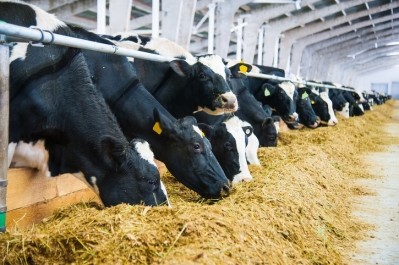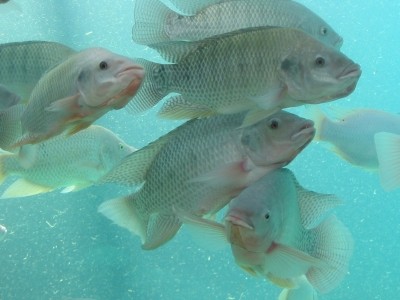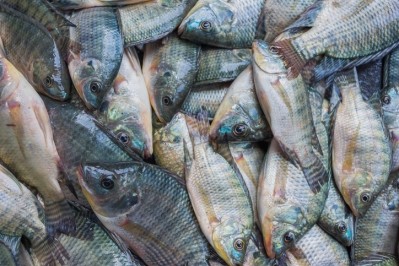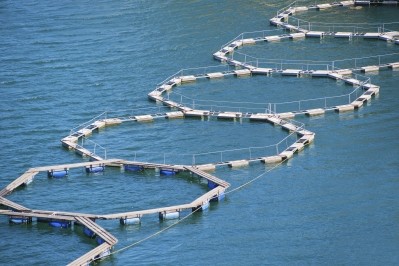Glycerol offers corn alternative for tilapia diets
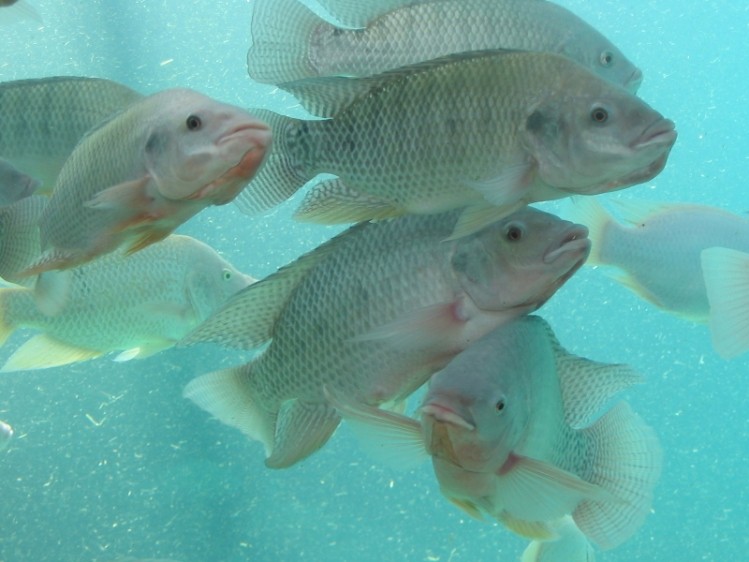
A group of researchers in Brazil examined the ability of crude glycerol to be an ingredient in tilapia feed and replace the use of corn in the diet. The team published their findings in the journal of Animal Feed Science and Technology.
“The hypothesis of this study was total replacement of maize (Zea mays) by crude glycerol as an energy source for the Nile tilapia (Oreochromis niloticus) in pelleted feeds is possible without decrease effects on fish performance, hepatosomatic index, body composition and hepatopancreas morphology,” said the researchers in their study.
The experiments demonstrated some reaction by the fish to the change in diet ingredient, including increasing body protein and improved feed conversion rates, they said. However, several indicators did not differ between the diets tested.
“It is possible to [totally] replace maize by glycerol in pelleted diets for Nile tilapia fingerlings between 10 and 30g without causing prejudice to the productivity and quality of fish,” they said.
Why crude glycerol?
In aquaculture, fish diets can amount to more than 50% of production cost, said the researchers. New ingredients are often considered to improve the diet, final fish quality or to benefit fish health or welfare.
Tilapia farming is an important component of aquaculture systems around the world as the fish grow quickly, tolerate multiple environments, will reproduce in captivity with a short generation term and are easy to process, they said.
“Currently, several by-products are being tested in animal feed, one is the crude glycerol derived from the production of biodiesel, which has the potential to be used as an energetic ingredient,” said the researchers. “There is a major environment concern that over-produced crude glycerol can be disposed irresponsibly (Costa, 2008), and this makes the by-product increasingly studied for use in food industry.”
Work has been done in the past with crude glycerol, but the generation of large amounts of the product from biodiesel production has brought new interest to the idea of using it in feed, said the researchers. “Dozier et al. (2008) suggest the use of crude glycerol as an alternative to replace ingredients sources of carbohydrates, the energetic value in feed,” they added.
If useful in tilapia production, glycerol could help provide sustainability to two production chains – farmed tilapia and biodiesel, they said. “[For tilapia] it can offer a greater variety of ingredients for the formulation of their diets, and [could] result [in a] reduction in production costs,” they added.
The study
In the experiment 300 Nile tilapia were divided into 30 aquaria with six experimental diets, the researchers said. The diets included a control and increasing levels of maize replaced by crude glycerol – 20, 40, 60, 80 and 100%.
Fish were given the trial diet three times a day for a period of 30 days, they said. The glycerol used was provided by the South Brazil Biodiesel Industry and Commerce S/A.
“The ingredients used in the composition of diets were solvent extracted soybean meal, dried and ground maize, soybean oil, dicalcium phosphate, limestone, vitamin-mineral premix and Butyl Hydroxy Toluene (BHT), the proposed digestibility values by Boscolo et al. (2002) and Pezzato et al. (2002), and the crude glycerol with apparent digestible energy of the Nile tilapia of 13.08 MJ/kg (Meurer et al., 2012),” said the researchers.
Weekly water samples were collected they said, and tanks were siphoned to remove waste matter.
The fish were harvested to check for growth performance, body composition and histological evaluation of the hepatopancreas, they said. Total weight, length, specific growth rate, daily weight gain, feed conversion and carcass yield were determined along with the hepatossomatic index.
Results
Water quality in the tanks was not altered by the diets, said the researchers. Similar results also were found for several measurements regardless of diet including in final weight, carcass yield, fillet yield, specific growth rate, final and standard length and height and width of the fish.
Feed conversion improved linearly as more maize was replaced by the glycerol, they said. “This result demonstrates that crude glycerol satisfied the energy needs of the fish as a substitute for maize,” they added.
As the levels of glycerol in the diets increased a corresponding rise in protein deposits and body moisture was noted, said the researchers. However, there also was a drop in lipid and mineral content in the fish.
“The crude protein showed a quadratic effect with increasing glycerol levels in the diet, and the maximum value of body protein we obtained with stipulated replacement of maize by 65% glycerol,” they said.
A quadratic effect was found for the productive performance hepatosomatic index, they said. “In the results of the hepatosomatic index, may [be] observed a quadratic effect with the addition of glycerol in substitution of maize, being determined as the minimum level of 72% replacement, a fact possibly related to the decrease in the glycogen deposit and/or hepatic fat,” they added.
No differences were found in the hepatocytes or the morphology of the hepatopancreas.
Source: Animal Feed Science and Technology
Title: Growth, body composition and hepatopancreas morphology of Nile tilapia fingerlings fed crude glycerol as a replacement for maize in diets
DOI:10.1016/j.anifeedsci.2016.05.009
Authors: A Moesch, F Meurer, I. Volkweis Zadinelo, W. Franco Carneiro, L.C. Rosa da Silva, L. Dena dos Santos
